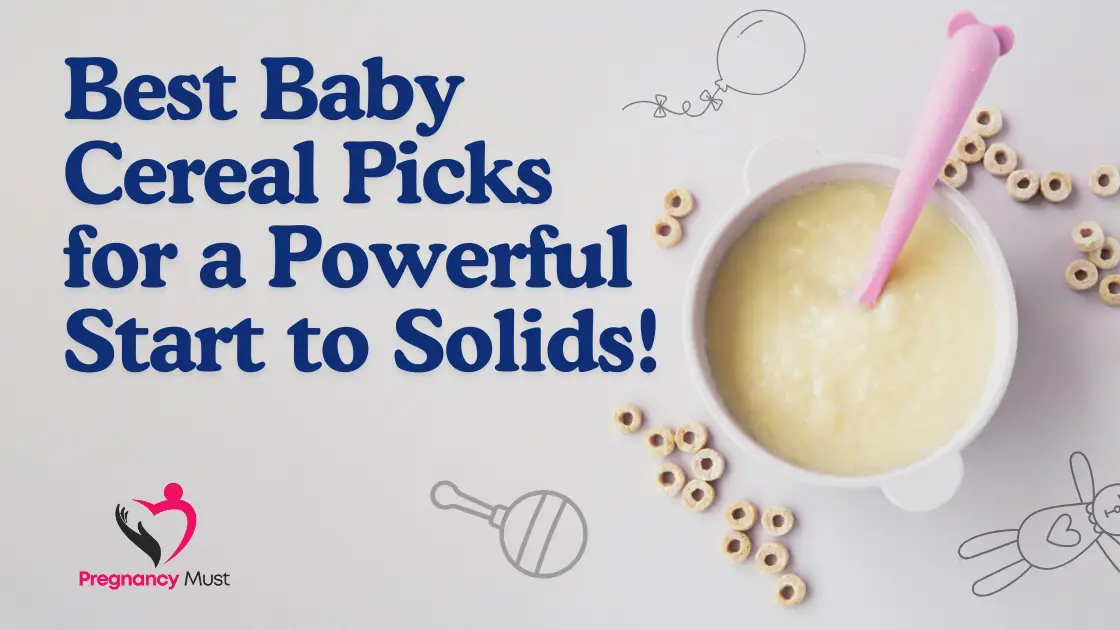Baby cereal is often the first step when transitioning your baby to solid foods. It’s easy to digest, gentle on tiny stomachs, and loaded with nutrients that support healthy development. From baby rice cereal to baby oatmeal cereal, choosing the right option helps set the stage for a strong, nutritious beginning.
Table of Contents
- What Is Baby Cereal?
- Common Types of Baby Cereal
- Why Is Baby Cereal Important?
- How to Choose the Best Baby Cereal
- Baby Rice Cereal: The Classic First Food
- Baby Oatmeal Cereal: A Nutritious Upgrade
- Why Parents Love Organic Baby Cereal
- Cereal for Babies: When and How to Introduce
- Mixing Baby Cereal with Other Foods
- Best Baby Cereal Brands to Consider
- Storing and Handling Baby Cereal Safely
- Frequently Asked Questions (FAQs)
- Conclusion
What Is Baby Cereal?
Baby cereal refers to specially formulated grain-based foods designed for infants. These cereals are typically made from single grains like rice, oats, or barley and are enriched with essential nutrients like iron, zinc, and vitamins. They are made to be mixed with breast milk, formula, or water for a smooth consistency that’s easy for babies to swallow.
Common Types of Baby Cereal
Baby Rice Cereal
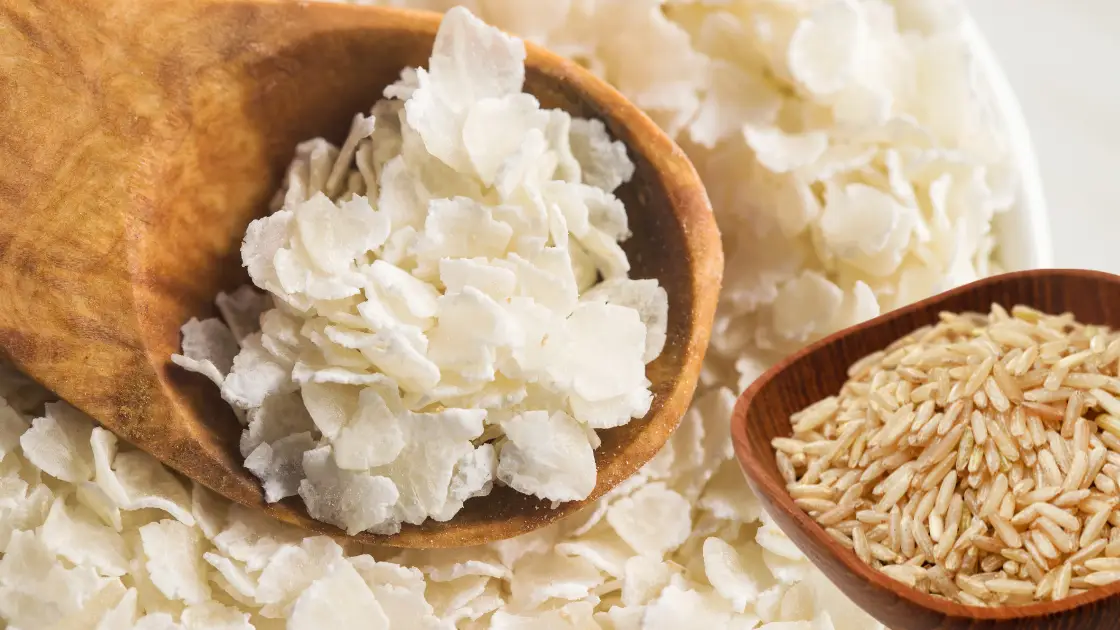
Milled rice cereal is typically very mild and hypoallergenic. Often, the first cereal is introduced. It is known for being easily digestible, making it a safe and popular option for many infants. Parents usually choose baby rice cereal as a starting point before progressing to other grains. This type of cereal has a milder taste and can be mixed with breast milk or formula while introducing your baby to the first taste of solid food. It is also less likely to elicit an allergic reaction, so your pediatrician might suggest it be given as a first choice. Rice cereal is also just practical in that it’s sitting there, and you can prepare it so quickly. Rice cereal is also one of the first baby foods as it is very gentle on the digestive system, and it has such a mild flavor that most babies can tolerate it. While there has been concern about arsenic, sticking to branded products and serving them alongside other grains can help mitigate the danger, allowing you to still introduce children to its benefits.
Baby Oatmeal Cereal
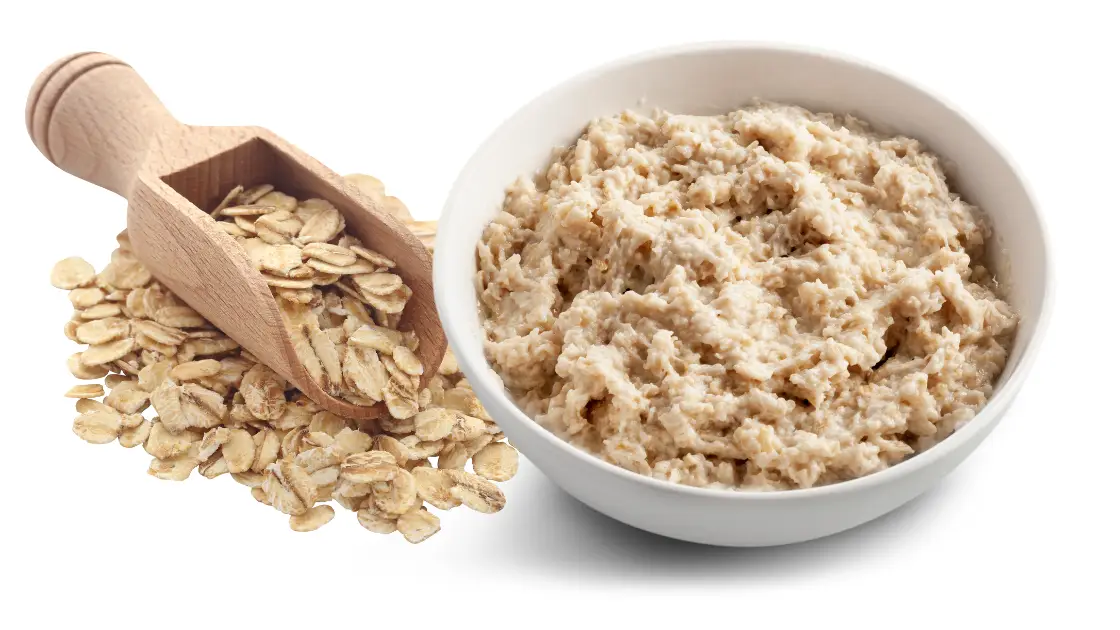
Made from whole oats, higher in fiber, and slightly more textured. Baby oatmeal cereal is a great next step after rice cereal, offering more nutritional value, including increased fiber and antioxidants. Its smooth but slightly thicker consistency provides a natural progression for babies developing their oral skills. Oats are rich in beta-glucan, which supports a healthy digestive system and can help babies who experience constipation. Oatmeal has a naturally sweet taste, which many babies enjoy, making it easier to introduce. It can also be mixed with fruits or vegetables to add flavor and nutrients as babies grow more comfortable with solids. Moreover, oats are less likely to contain harmful metals compared to some other grains, making them a safer and healthier choice for many parents. Their gentle nature and versatility make baby oatmeal a practical go-to staple for your little one’s solid food journey.
Organic Baby Cereal
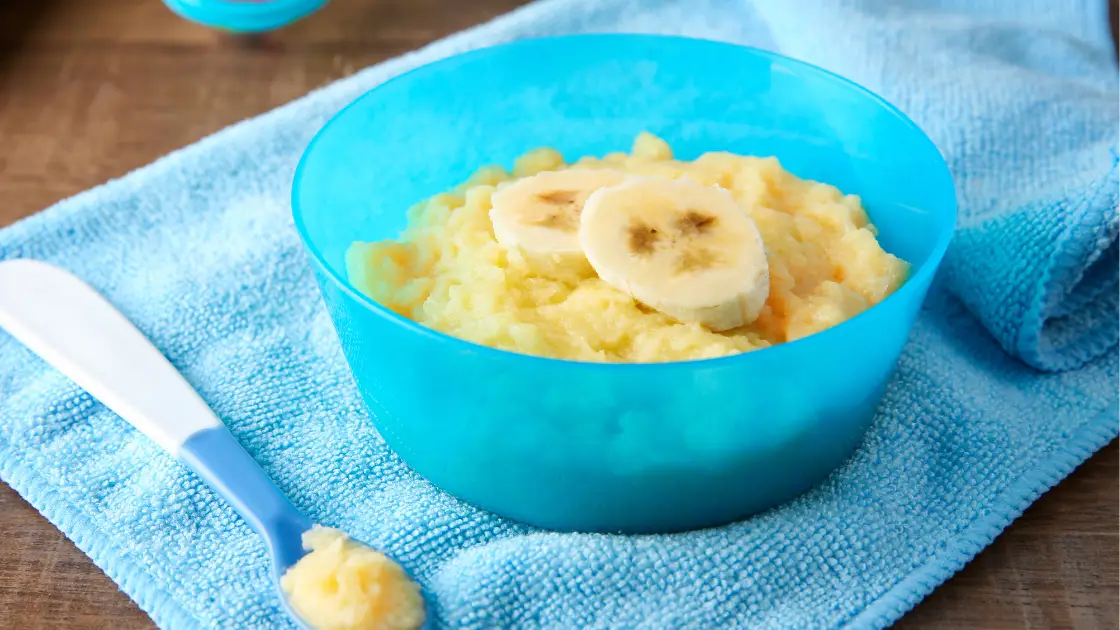
Made from organically grown grains, free of GMOs and synthetic additives. Organic baby cereal is the option for moms and dads who want to minimize their baby’s exposure to pesticides and synthetic ingredients. Typically, these cereals are regulated by organizations such as the USDA that ensure they are being made to strict requirements. Organic baby cereal usually comes with minimal ingredient lists that are free from added sugars, colors, or preservatives. This cleaner composition may support a healthier start to solids, especially for babies with sensitive stomachs or skin. Parents also feel more confident knowing that what they’re feeding their babies aligns with broader health and environmental values. Plus, organic cereals make a good impact on the planet, so these products can actually help save the world while protecting your baby’s developing body. While a bit more on the pricy side, many families find the health insurance and quality of ingredients are worth every penny!
Multigrain Cereal
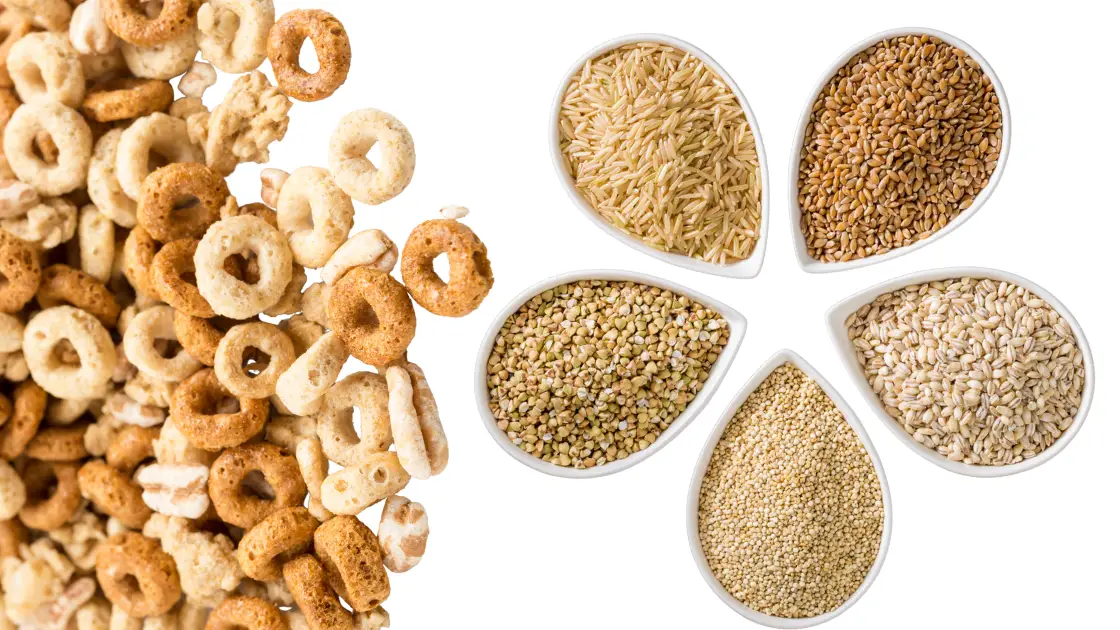
Combines multiple grains like rice, oats, and barley for a broader nutritional profile. Multigrain cereals offer an array of vitamins, minerals, and textures to meet the baby’s growing needs and developing palate. These mixtures are perfect for older babies who are already accustomed to a single grain. This blend of grains provides a carbohydrate, fiber, and protein mix to balance the diet by fueling all stages of life while also providing a wide variety of seeds and grains. Multigrain cereals often taste more complex, which helps keep mealtime interesting. By rotating different grain sources, these cereals reduce dependency on a single grain and introduce babies to a more well-rounded food experience early on. They also introduce new flavors and nutrients gradually, which may reduce pickiness in later stages. Some multigrain cereals also include beneficial seeds like quinoa or amaranth, further boosting the health benefits for developing babies.
Each type has unique benefits depending on your baby’s stage, tolerance, and nutritional needs.
Why Is Baby Cereal Important?
Iron and Nutrient Fortification
Most baby cereals are fortified with iron, which is important because babies begin to deplete their own stores of naturally occurring iron at around 6 months old. Iron is also important for brain development and red blood cell development.
In addition to iron, these cereals typically contain other critical vitamins, such as folate, B vitamins, and vitamin C, which also help with neural development, immunity, and growth. Choosing fortified cereals ensures your baby receives balanced nourishment even during picky eating phases.
Digestibility
Cereals like baby rice cereal and baby oatmeal cereal are easily digestible, making them an ideal choice for a baby’s immature digestive system.
Gentle on the tummy, these cereals minimize the risk of stomach upset, constipation, or allergic reactions. Smooth textures also help babies adapt to swallowing and chewing. Their digestibility makes baby cereal a safe, stress-free option for parents starting solids.
Texture Training
Introducing cereal helps babies learn to move food around their mouths and develop their chewing and swallowing skills, even without teeth.
This motor skill training is crucial for speech development and self-feeding. Gradually thickening the cereal to a spoon-hugging texture can help a baby prepare for future meals with more texture and variety. It also helps develop oral muscles needed for later speech clarity.
How to Choose the Best Baby Cereal
Choosing the best baby cereal can seem confusing, but being focused on a few key factors can make the process easier.
1. Check for Iron Fortification
Iron is essential for your baby’s development. Ensure the cereal is labeled as “iron-fortified,” which supports cognitive and physical growth. Iron participates in brain development, immune function, and red blood cell production. Babies around six months old start to lose their natural iron stores, so fortified cereals help fill this nutritional gap. Lack of iron can result to anemia, fatigue, and developmental delays. Choosing an iron-rich baby cereal gives your baby the energy and results in healthy growth.
2. Start with Single-Grain Options
Begin with rice or oatmeal single-grain baby cereal to test for allergies or sensitivities. They are easy to digest and a good “first solid food”. Starting with one grain at a time allows you to isolate any reactions, such as rashes or digestive discomfort. It also assists your baby develop a taste for individual grains before combining them. Rice and oatmeal are both mild and versatile, blending well with breast milk, formula, or fruit. After confirming tolerance, you can confidently move on to more complex grains or blends.
3. Consider Organic Baby Cereal
Organic baby cereal is made without the use of synthetic fertilizers, pesticides, or GMOs. There are good organic choices from brands such as Earth’s Best, Gerber Organic, and Happy Baby. These cereals are crafted specifically for your baby with no artificial colors or flavors, no GMOs, and no fake stuff. These Gerber cereal grains are downright yum-a-licious. Opting for organic can also help promote more sustainable farming methods and often comes with fewer additives or preservatives. If your baby has sensitive or suspect skin or digestive issues, such as eczema or colic, organic options may be gentler. Always look for certifications, such as USDA Organic, to ensure the product adheres to rigorous safety guidelines.
4. Texture and Ease of Mixing
Choose a cereal that mixes smoothly with breast milk or formula. As your baby grows, you can thicken the consistency or blend it with fruit or vegetable purees. A smooth texture helps early eaters learn to swallow safely and comfortably. Easy mixing ensures the cereal dissolves without clumps, preventing choking hazards and improving your baby’s feeding experience. As your child becomes more skilled, thicker textures help develop oral strength. Mixing in purees also enhances flavor and nutrition and helps your baby transition to chunkier foods over time.
Baby Rice Cereal: The Classic First Food
Baby rice cereal has long been a go-to for parents. It’s bland, easy on the stomach, and rarely causes allergic reactions. Many brands also fortify it with iron. Some recent studies have raised red flags about arsenic in rice. Occasional use is fine, but the FDA advises rotating cereals and getting rice from a reputable source. Choosing organic baby rice cereal could help lower exposure to arsenic.
Baby Oatmeal Cereal: A Nutritious Upgrade
Baby oatmeal cereal offers more nutrients than rice and has a naturally sweet taste that many babies enjoy.
Key Benefits
- The higher fiber content aids digestion
- Contains naturally occurring antioxidants
- It may help relieve constipation
- Lower risk of arsenic exposure compared to rice
This makes baby oatmeal cereal a great everyday option, especially as your baby grows more accustomed to solids.
Why Parents Love Organic Baby Cereal
An increasing number of parents are choosing organic baby cereal in order to provide their children with a cleaner start. Organic cereals limit exposure to harmful chemicals and provide peace of mind. These cereals are frequently crafted with whole grains and are gentle on little tummies. A lot of parents also claim that they noticed that their little ones have a better digestive system and are less allergic to their organic alternatives. And they are environmentally friendly, sustainable farming practices.
Features to Look For:
- USDA Organic certification
- Non-GMO label
- Minimal ingredient list
- No added sugars or preservatives
Popular options include:
- Gerber Organic Oatmeal
- Earth’s Best Organic Rice Cereal for Babies
- Happy Baby Organic Multi-Grain Cereal
Cereal for Babies: When and How to Introduce
The American Academy of Pediatrics suggests introducing solids, including cereal, for babies at around 6 months. Some babies may be ready as early as 4 months if they show signs like head control, sitting up with support, and interest in food.
Introduction Tips
- Start with a single-grain, iron-fortified baby cereal.
- Mix one tablespoon of cereal with 4-5 tablespoons of breast milk or formula.
- Offer once per day, gradually increasing quantity and thickness.
- Always use a spoon; never put cereal in a bottle.
Mixing Baby Cereal with Other Foods
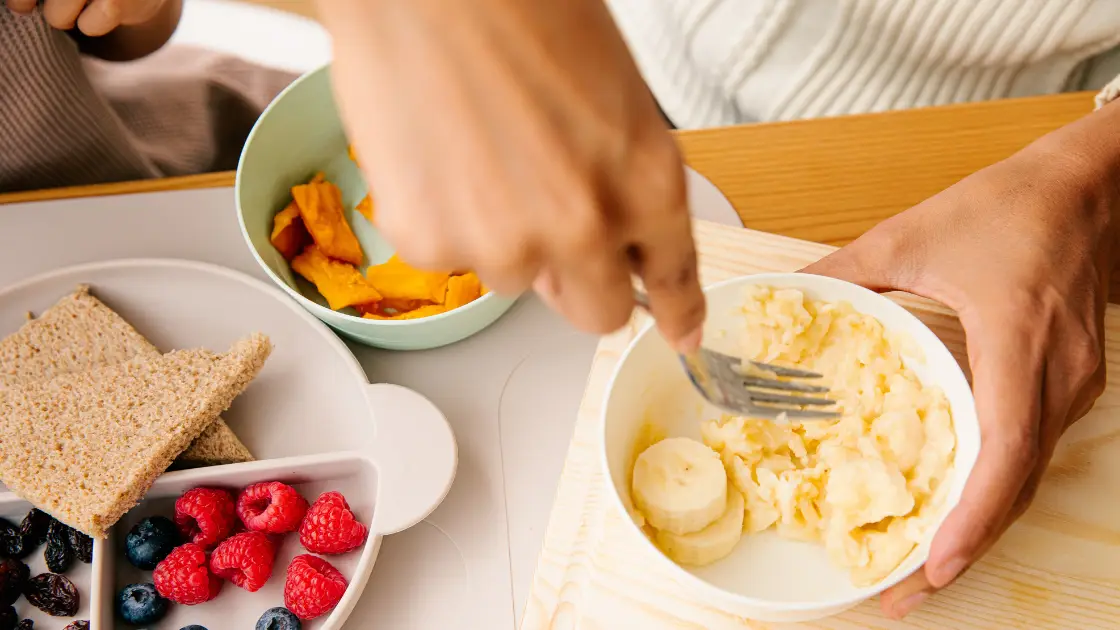
Once your baby adjusts to plain cereal, you can level-up the flavor and nutritional content by mixing in:
- Mashed banana or avocado
- Pureed pear, apple, or peach
- Sweet potato or pumpkin puree
- A dash of cinnamon (if approved by your pediatrician)
These additions not only enhance flavor but also provide must need vitamins and minerals, such as potassium, vitamin A, and fiber. Be sure of allergies and to evaluate and introduce new ingredients one at a time.
Best Baby Cereal Brands to Consider
Brand | Grain Type | Organic | Iron-Fortified |
Gerber | Rice, Oatmeal | Yes | Yes |
Earth’s Best | Rice, Multigrain | Yes | Yes |
Happy Baby | Oatmeal, Multi | Yes | Yes |
Beech-Nut | Rice, Oatmeal | Yes | Yes |
Holle | Oat, Millet | Yes | No |
All of the above options offer high-quality cereal for babies, giving parents flexibility based on dietary preferences and budget.
Storing and Handling Baby Cereal Safely
- Store intact cereal in a cool, dry place.
- Once opened, seal tightly and use within 30 days.
- Discard any uneaten, prepared cereal after feeding.
- Never microwave cereal with formula or milk; always stir and check the temperature to ensure it’s hot enough.
Frequently Asked Questions (FAQs)
When should I start giving my baby cereal?
Most babies are ready for cereal between the age of 4 -6 months, depending on their developmental cues.
Is rice cereal or oatmeal better for babies?
Oatmeal generally offers more nutrients and fiber, while rice is milder and often used first. Rotating both is ideal.
Can I mix baby cereal with fruit purees?
Yes! Adding fruits like bananas or pears enhances flavor and nutrition.
How often should I feed baby cereal?
Begin with once daily, then add more if your baby demonstrates a tolerance for the solid food.
Is organic baby cereal safer?
Yes. And organic baby cereal reduces the amount of pesticides and additives baby consumes, which is why many parents love it.
Conclusion
Selecting the right baby cereal for your little one is a game-changer for parents. When choosing baby rice cereal, baby oatmeal cereal, or organic baby cereal, the most important factors to consider are variety, nutrition, and observing your baby’s reaction. Each spoonful builds healthy habits and introduces your little one to the world of real food with love and care.
Explore more on Pregnancy Must –
